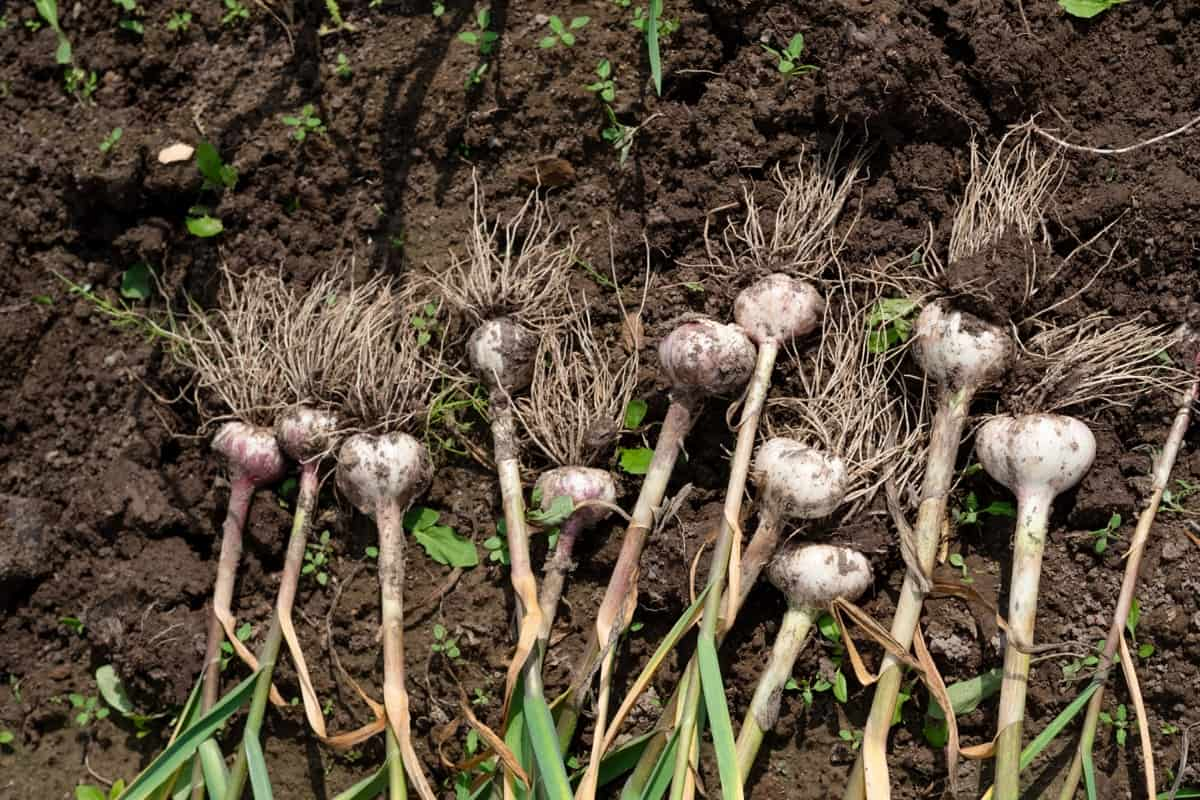Have you ever thought about growing your garlic but weren’t sure where to start? Garlic is a vital kitchen staple that’s also easy to grow, making it popular among novice and experienced gardeners. This comprehensive guide will walk you through how to grow garlic, the optimal seasons for planting, and essential care tips to ensure a successful harvest.
Selecting the Right Garlic Variety for Your Garden
Numerous garlic varieties exist, mainly categorized into hardneck and softneck types. Hardneck varieties are well-suited to colder climates because they can withstand harsh winter conditions, whereas softneck garlic is ideal for warmer regions because of its heat tolerance. Choosing the right variety according to your local climate is critical for cultivating garlic that grows robustly and produces well.
Identifying the Ideal Planting Season for Garlic
The best time to plant garlic is in the fall, specifically several weeks before your area expects its first frost. This period allows the garlic to establish roots while the soil is still workable. Planting during this time ensures that the garlic cloves undergo vernalization, a necessary cold treatment for bulb development, resulting in larger and more flavorful garlic bulbs.
Preparing the Soil for Optimal Garlic Growth
Before planting, it’s important to prepare the soil properly. Garlic thrives in well-drained, loamy soil enriched with organic matter such as compost or aged manure. Testing the soil pH to ensure it’s around 6.5 to 7.0 can significantly improve your garlic’s growth potential by providing the best nutrient availability.
Planting Garlic Cloves Properly
When it’s time to plant, break the garlic bulb apart, not damaging the cloves at the base. Each clove should be planted upright (pointy end up) at a depth of about 2 inches. Ensuring that each clove is spaced approximately 6 inches apart allows ample room for the bulbs to mature without competing for nutrients.
Watering and Mulching Techniques for Healthy Garlic
Garlic requires consistent moisture to thrive, especially in the spring when bulbs are actively growing. Overwatering, however, can cause issues, so it’s important to water deeply but infrequently to maintain just the right soil moisture level. Applying a thick layer of organic mulch after planting can help maintain these moisture levels while regulating soil temperature and reducing weed competition.
Managing Pests and Diseases in Garlic Cultivation
While garlic is naturally resistant to many pests, attention is needed to prevent issues like onion maggots and fungal diseases like botrytis rot. Implementing crop rotation and using disease-free planting material can help minimize these risks. Keeping the area around the garlic plants clean and debris-free is also beneficial to discourage pests from settling in.
Harvesting Garlic at the Right Time
The right time to harvest garlic is usually when several of the lower leaves have died back but there are still five or six green leaves remaining – these green leaves will form the protective layers around the bulb. Gently loosen the soil around the bulbs to avoid bruising or damaging them when lifting them from the ground. Harvesting at the right time ensures the bulbs are mature and in the best condition for curing and storage.
Curing and Storing Garlic for Longevity
Proper garlic curing involves hanging the bulbs in a dry, shaded, and well-ventilated area for a few weeks until the roots dry out and the outer skin hardens. This process is crucial for extending the storage life of your garlic, allowing you to enjoy your harvest for months. Once cured, store the garlic in a cool, dry place to maximize its shelf life and preserve its aromatic properties.
Ensuring Healthy Growth with Proper Fertilization
Fertilizing your garlic plants is crucial to ensure they receive the nutrients for robust growth. Using a balanced, slow-release fertilizer at planting and again in the early spring as the plants begin active growth is advisable. This helps the plants develop strong roots and large bulbs. Avoid over-fertilizing, as too much nitrogen can promote leaf growth at the expense of bulb development.
Learning to Recognize Harvest Readiness Signs
Recognizing when garlic is ready to harvest is an art that requires observing several key indicators. The most reliable sign is the yellowing and drying of the lower leaves.
Ideally, about five green leaves should be left on each plant, as each leaf represents a layer of protective wrapping around the bulb, which helps in curing and storage. Harvesting at the right time ensures maximum flavor and longevity of your garlic bulbs.
With these detailed steps, you can successfully grow your garlic and add a fresh, flavorful boost to your cooking. Whether you are just starting or looking to refine your gardening skills, garlic is a rewarding addition to any garden due to its ease of cultivation and significant culinary value.

